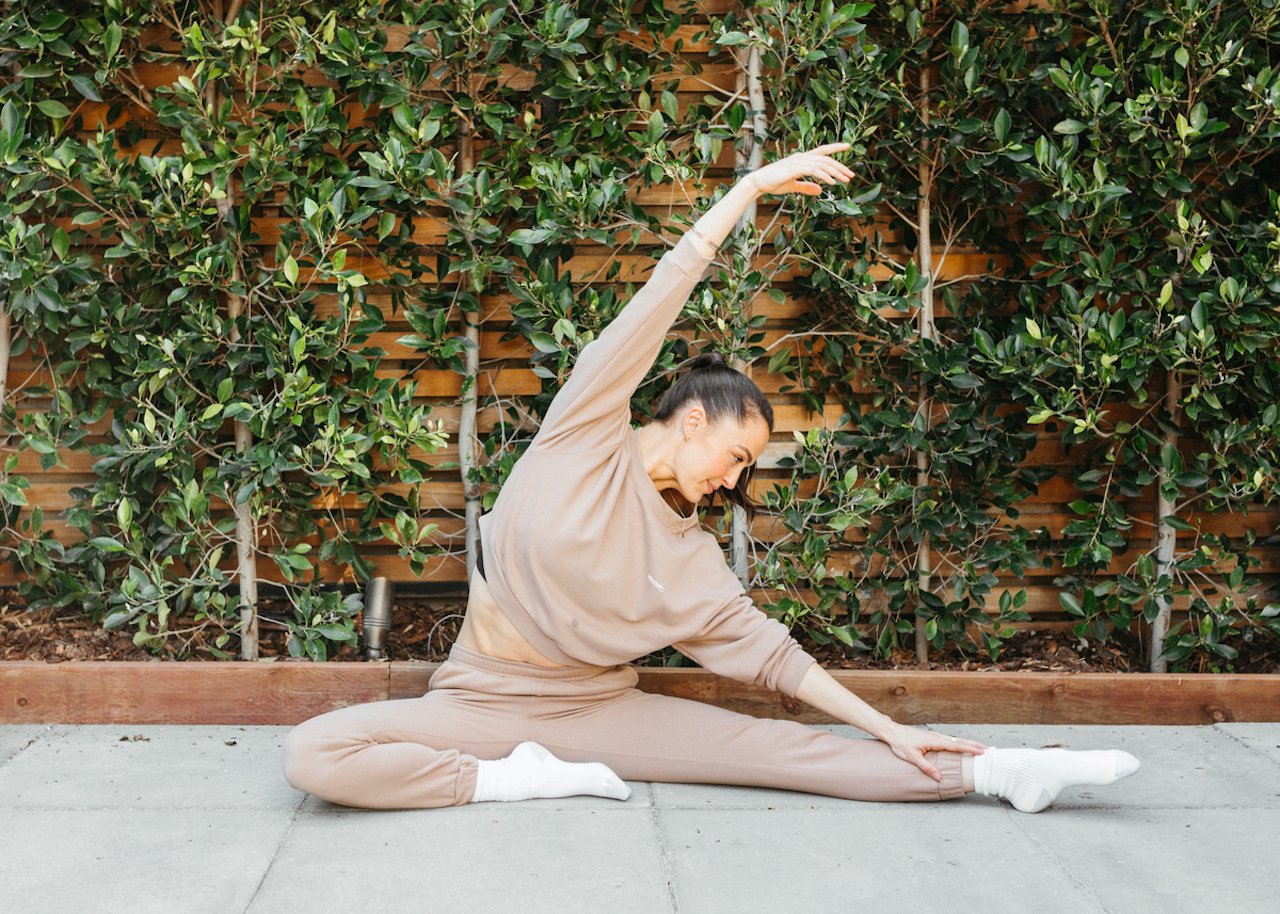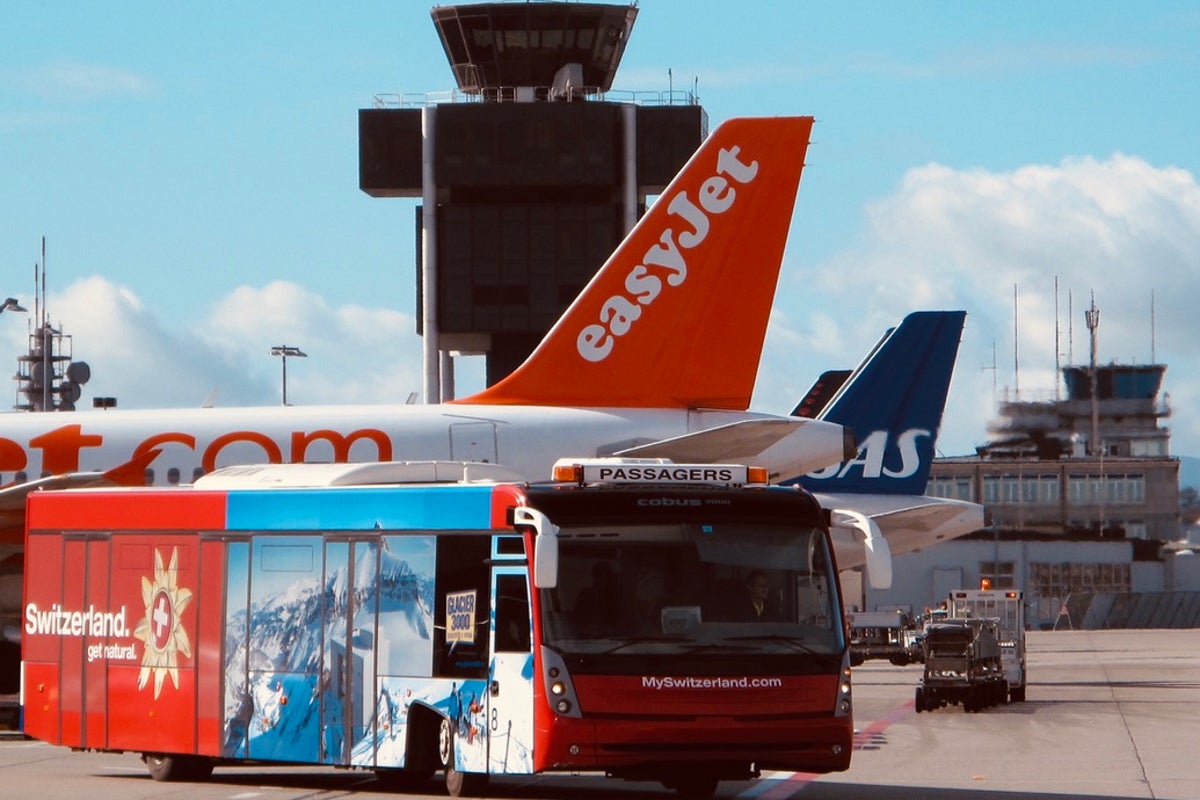We’re travel experts — these are our top tips for getting around the six busiest airports in the US
Frequent fliers reveal tips for navigating Hartsfield-Jackson Atlanta International Airport, Dallas-Fort Worth, Denver, Chicago O'Hare, LAX and JFK

They're the six busiest airports in the US — and massive, too, with the largest one three-fourths as big as Washington, DC.
And that means navigating them can be daunting, even for frequent fliers.
Luckily, help has touched down.
Here, travel experts who know these airports like the back of their neck pillows dispense their top tips for getting around the hubs and reveal the best places to relax before a flight.
There are the zen-like walkable tunnels at Hartsfield-Jackson Atlanta, the crucial train to take at Dallas airport, the location of the "shockingly underused" fire pit patio at Denver, the amazing yoga room at Chicago O'Hare, the VIP terminal at LAX and the incredible hotel pool with runway views at JFK.
Hartsfield-Jackson Atlanta International Airport — 108 million passengers annually
Getting around
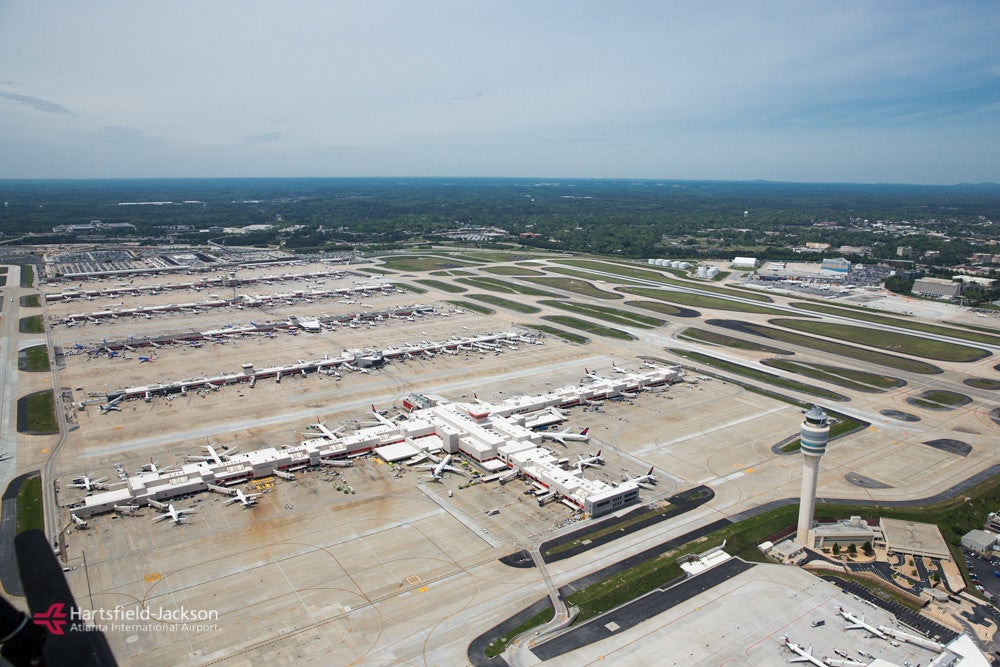
Hartsfield-Jackson Atlanta (ATL) is "like Grand Central on steroids", according to Georgia Fowkes, a travel advisor for Altezza Travel.
"It's the busiest airport in the world and you feel it the second you land," she continues. "Everything is moving, people are rushing, and you're just dropped in the epicenter.
"Delta runs the show here and something like 80 percent of passengers are connecting through ATL, which makes it a constant stream of movement."
With this in mind, it's best to arrive in good time.
Scarlett Martin, Assistant Manager of Flight Centre UK's Horsham Store, tells The Independent: "Security lines at ATL can take a while, so I'd always err on the side of caution and arrive three hours before your flight."
ATL is laid out in a fishbone shape with two terminals as the head and tail, a domestic terminal and the Maynard H. Jackson Jr. International Terminal, seven concourses denoted by the letters A, B, C, D, E, F and T; and 193 gates.
International flights are served by concourses E, F and, to a lesser extent, T.
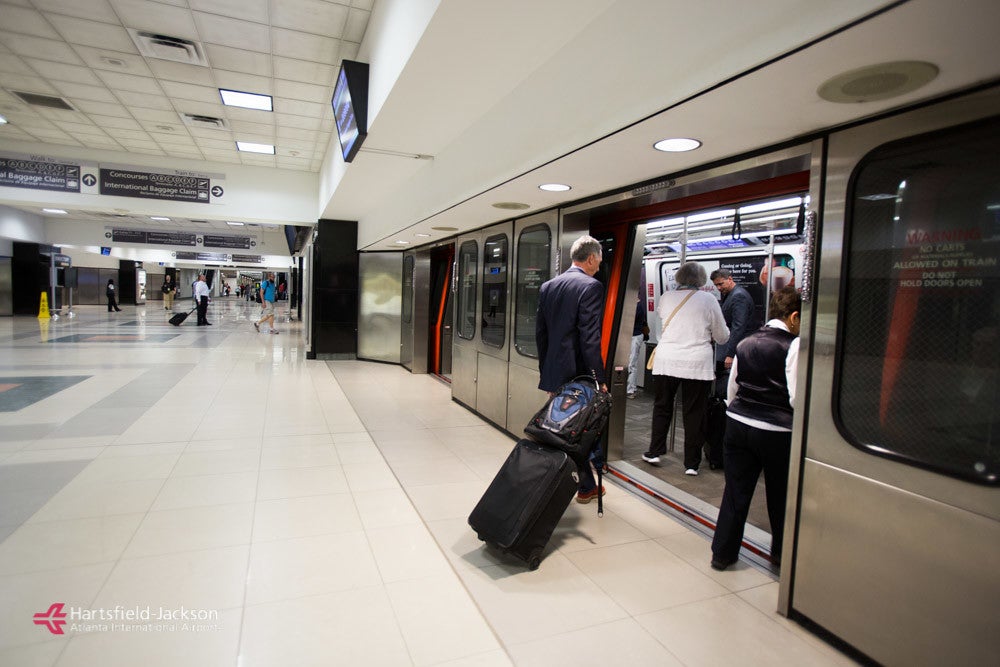
Georgia, from Pittsburgh, notes that "navigation is straightforward, with the terminals all lined up", and adds that the Plane Train "connects them fast". But she warns that it's "always packed".
"I've got a love-hate thing with it," she tells The Independent. "I only use it if I have a heavy bag or I'm late.
"Otherwise, I walk the tunnels. They're quiet, with soft lights and art installations. Honestly, it feels like airport therapy. It might seem like a hassle, but after 14 hours of travel, the quiet and motion are exactly what I need."
Where to relax
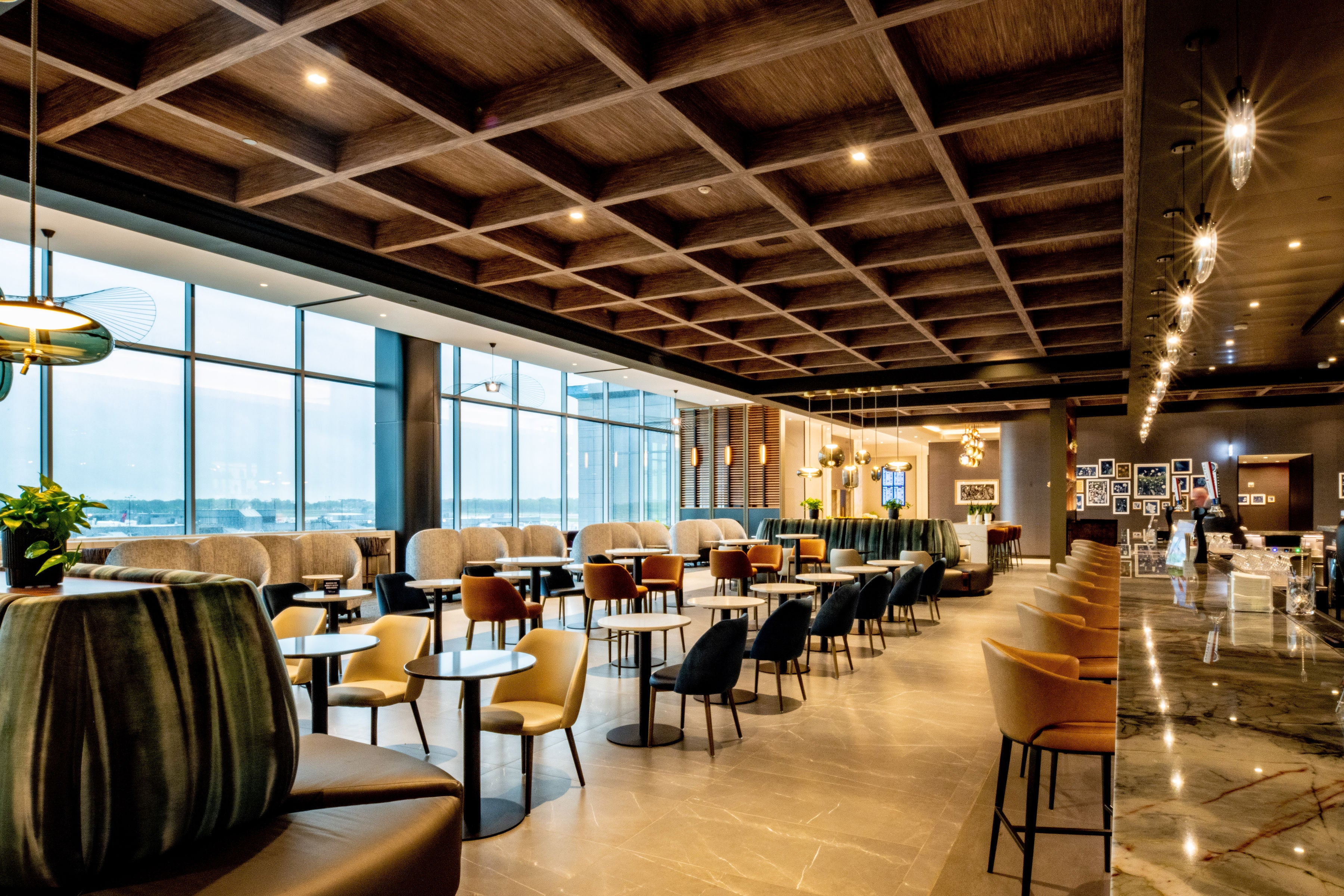
Scarlett says that travelers might find Concourse T, which is closest to the main entrance, too crowded. Instead, she suggests heading to Concourse D and the brand-new soccer-pitch-sized Delta Sky Club (if you have eligibility), the eighth in Delta's lounge portfolio at Atlanta.
She reveals: "This spacious lounge offers seating for over 500 guests, with panoramic airfield views. The buffet-style food is excellent, offering both hot and cold options and clearly labelled allergens — something I took great comfort in as I suffer from a peanut allergy.
"The coffee from the machine is surprisingly good too — not like the typical sludge-like liquid that you can expect from airports."
For Claire Baker, Head of Customer Experience at luxury travel concierge company Winged Boots, it's Concourse B that offers the best spot to relax.
She says: "I always recommend booking a private pod at Minute Suites in Concourse B.
"It's perfect for a pre-flight nap or a quiet space to work or relax."
Georgia's go-to quiet zone is near Atlanta Chophouse in the food court before Concourse A.
She reveals: "There are wall-side tables and outlets. When I've got work calls, I go there."
Where to eat
One Flew South on Concourse E is Claire’s top spot for a bite to eat.
She says: "One Flew South is an absolute must for upscale sushi and southern fusion cuisine."
Getting out
The best exit strategy? Georgia has a tip up her sleeve for those with carry-on luggage only.
She reveals: "If I'm traveling with just a carry-on, I exit through Concourse F. It's cleaner, emptier, and my Uber arrives in three minutes flat. One catch: you can't do this if you've checked a bag."
Dallas-Fort Worth International Airport — 87 million annual passengers
Getting around

Dallas-Fort Worth International Airport (DFW) is a behemoth measuring 27 square miles – that's larger than the land area of Manhattan and five-and-a-half times as big as London Heathrow, Europe's busiest hub.
So pay close attention to Georgia's tips for navigating it.
She tells The Independent: "DFW is a literal city. One of the largest airports in the US by area, with five terminals [A, B, C, D, and E] arranged like flower petals.
"It's easy to get lost if you're not paying attention.
"Skylink is the internal lifeline — a train that loops inside security. It's fast and honestly a lifesaver.
"Terminal Link is its less helpful cousin — the outside bus. It's for folks who haven't cleared security or who've exited already. It's slow, confusing, and I avoid it."
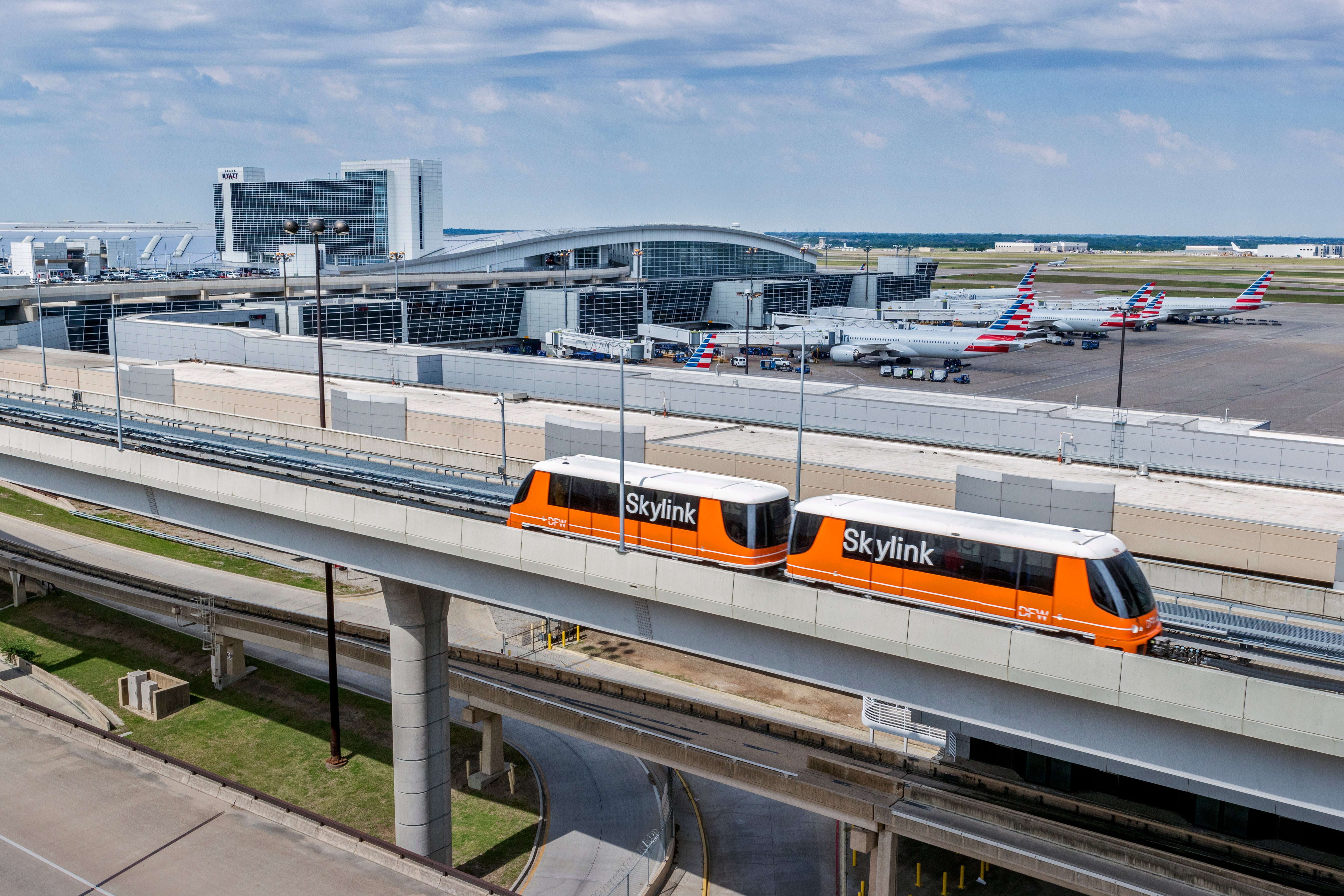
Are you always running late? Then you'll need to up your punctuality game at DFW because tardiness is a risky business there.
Georgia explains: "You absolutely need extra time to get between terminals. DFW looks compact on the map, but you might spend 15 minutes just riding Skylink.
"Even if the gate looks close, I don't risk it. I always buffer time. It cuts down my panic level by at least 80 percent."
Georgia also urges fliers to use the official DFW app to help with orientation and to find useful features.
She reveals: "It shows wait times, terminal maps, even where the bathrooms are. Sounds small, but it helps more than you'd think."
Where to relax
Georgia reveals that when she's got time to kill, she'll drift over to Terminal D.
She explains: "It's quieter, more spacious, nice food and shops. Even if I'm flying out of B, I'll sometimes head to D just to relax or get work done."
Gilbert Ott, frequent flier and Founder of travel site godsavethepoints.com, recommends the Capital One lounge in Terminal D.
He tells The Independent: "The Capital One lounge here basically invented lounge grab and go, so even if you're pressed for time, cardmembers can get a nice latte and some quality snacks for the flight."
Claire, on the other hand, reveals that her top pick for relaxation is the Centurion Lounge by Amex.
She says: "[It's] a great spot to freshen up before your flight and serves fantastic Tex-Mex food. Finally, if you've got time, I'd recommend visiting the Founder's Plaza, an open-air observation area just outside the airport."
Denver International Airport — 82 million annual passengers
Getting around
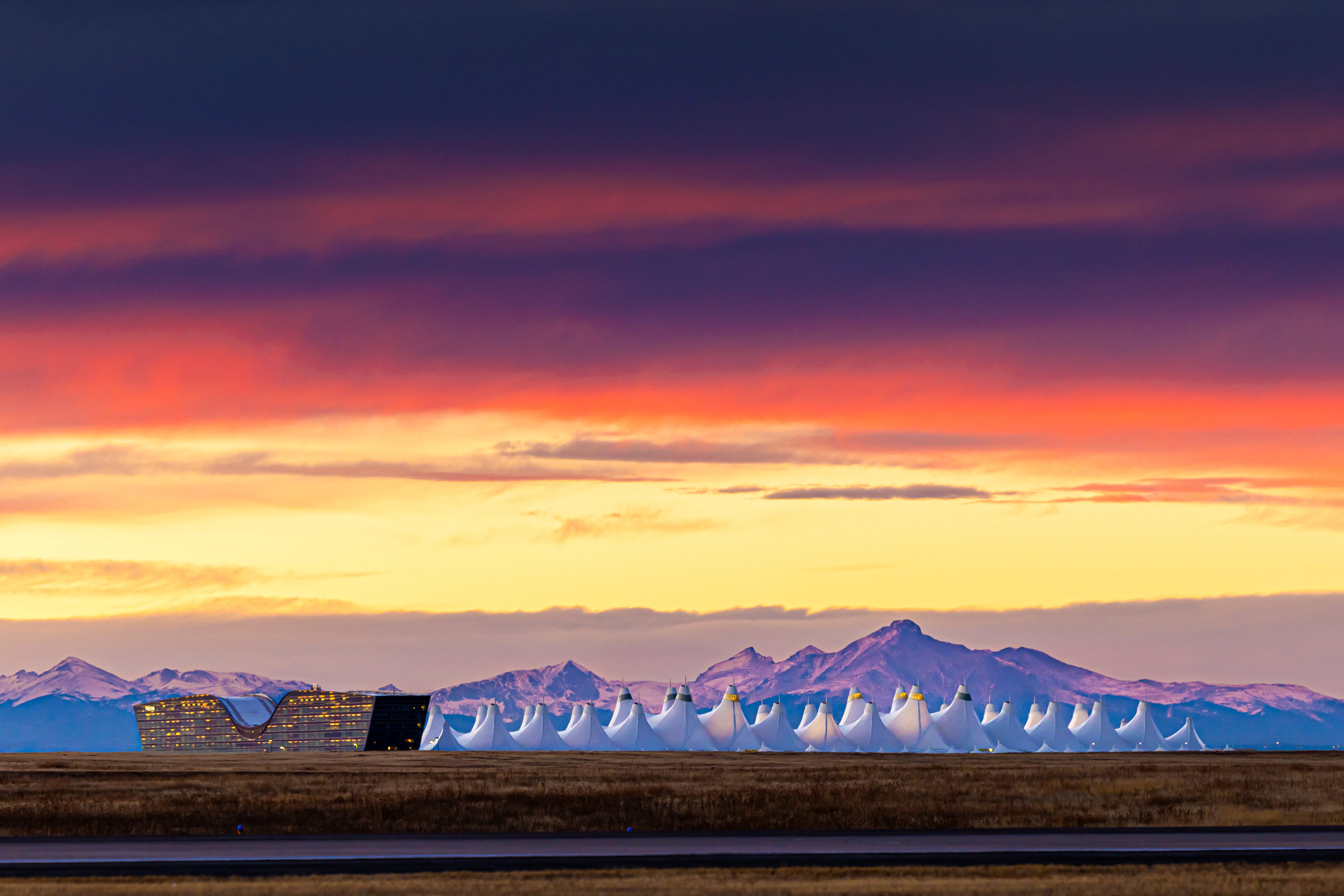
You'll need your wits about you at Denver International Airport (DIA), which is the biggest airport in the US at 54 square miles. Or three-fourths as big as Washington, DC.
Denver-based frequent flyer Angela Berardino from The Brouhaha Collective travel PR firm flies out of DIA about 30 times a year, and points out that the airport has been undergoing a major renovation for the past two years, "with more to come".
The result? Navigation is even trickier for the uninitiated.
She says: "If you are an infrequent flyer, plan ahead because signage and construction is confusing."
Georgia agrees, saying: "It's beautiful, but chaotic. From the outside, you've got those iconic mountain-peak roofs. Inside — a confusing experience. Navigation isn't intuitive."
Your first step? Check DIA's website for security wait times, advises Angela, who adds that they're shown in real time. "I check every time," she says.
Then, ensure you arrive at the correct part of the airport for the security lane you'll be using.
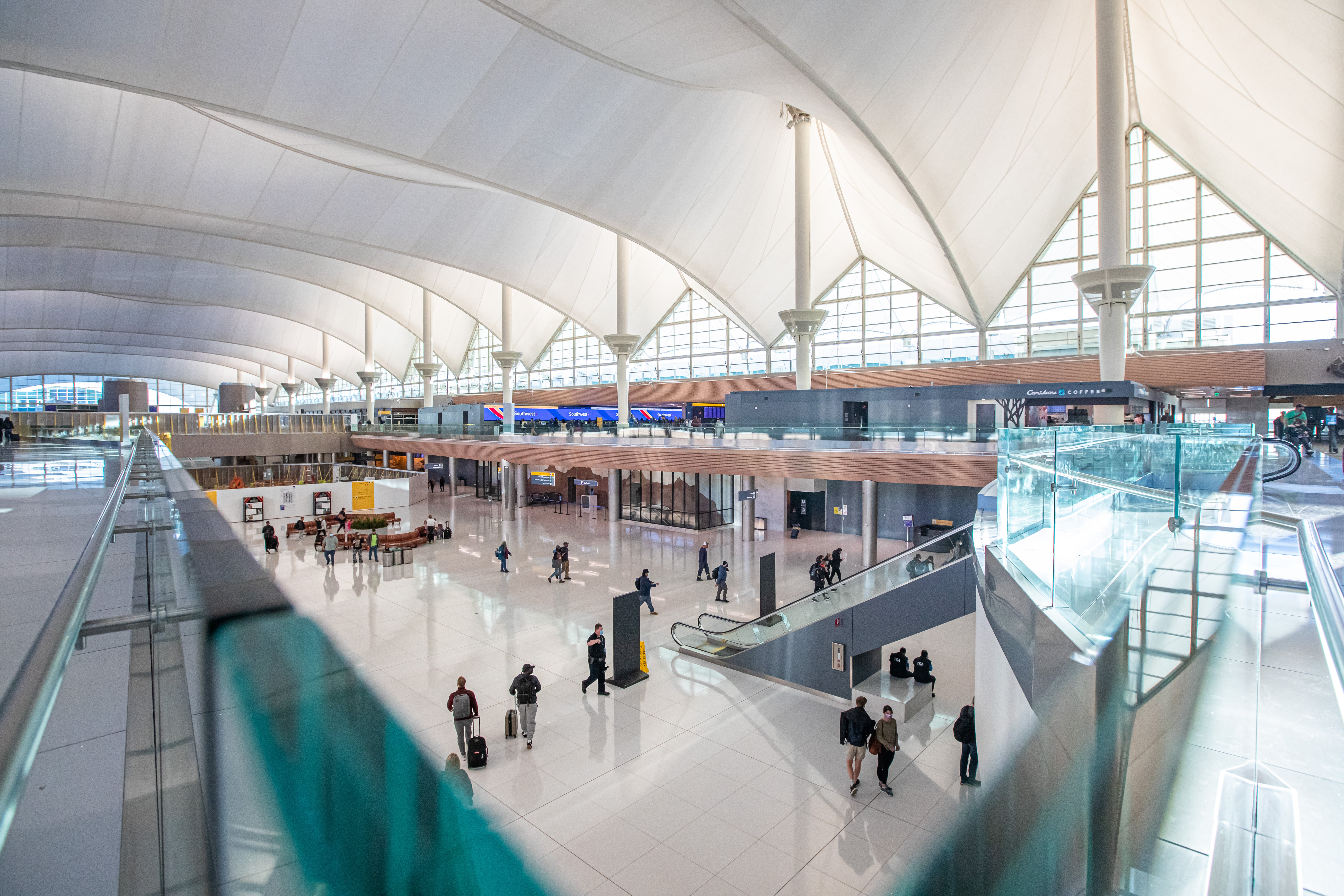
Angela explains: "In most airports, the lines for regular TSA, TSA Pre-Check, and CLEAR [a biometric ID verification service] are adjacent, but at DIA, they're in different locations, and the airport is massive, so if you get dropped off at the wrong place, you may need to walk 10 to 15 minutes to find your line.
The airport's explanation for how it works is here - flydenver.com/security.
It's best, says Angela, to use the "DEN Reserve" system and pre-book a free security slot in the dedicated lane at West Security (5am-5pm).
Angela says: "Pick a time online up to three days out, show the QR code, glide through."
And if you don't book a slot?
"The only stress-free strategy is to show up earlier than feels reasonable," says Georgia. "Seriously. No exceptions. Security is the real villain here."
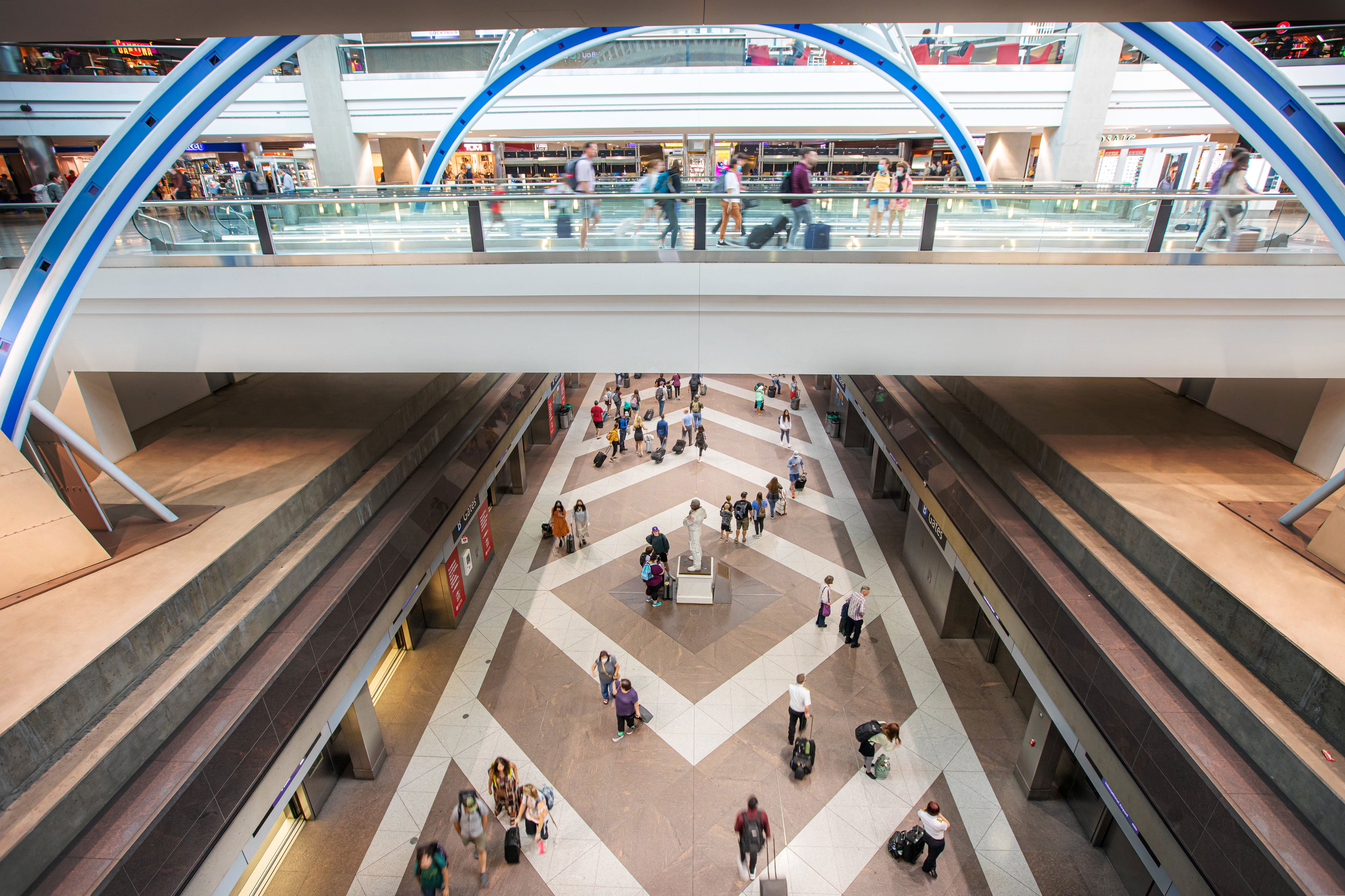
Once you're through, the only way to reach your concourse is via the AGTS (Automated Guideway Transit System) train.
"It runs every two minutes and gets you to your concourse with minimal drama," says Georgia.
But she walks when possible, adding: "There's also a pedestrian bridge to Concourse A — the only part of the airport you can walk to.
"I take it when I can. It's calm, you can see the Rockies, and it gives me a second to breathe before boarding."
Where to relax
Angela recommends the new outdoor decks with fire pits at Concourse B.
She says: "They are shockingly underused. Grab a beverage, charge your phone in the sunshine, and watch the jets with actual Colorado air in your lungs."
Another of her picks is in Concourse C.
She says: "Duck past the seated diners to the rear bar at Root Down. Order food and craft cocktails to go — no wait list, no up‑charge. They do Denver farm‑to‑gate goodness in a compostable box."
And while she's not tried it yet, the newly opened Williams & Graham speakeasy near gate A38 "is getting rave reviews".
Chicago O'Hare International Airport — 80 million annual passengers
Getting around
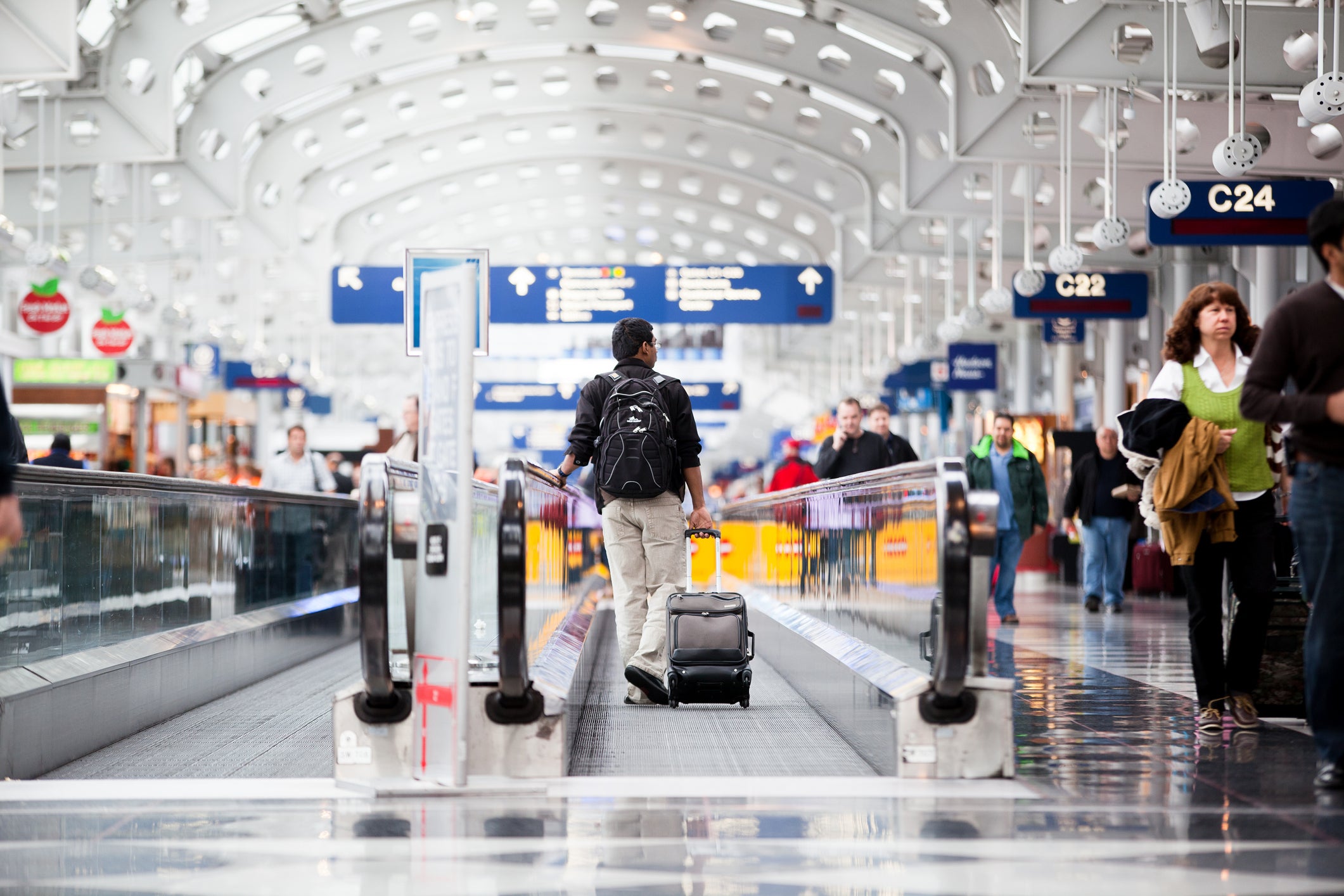
"A layover marathon."
That's how Georgia describes Chicago O'Hare, which has four active terminals with nine concourses. But she has a few tips to make getting around it less of a slog.
She says: "The terminals are numbered 1, 2, 3, and 5. Yes, there's no 4. There was a temporary terminal 4, but it was shut down after terminal 5 was built, and this terminal was not renumbered to avoid breaking airport systems.
"Terminals 1 through 3 are connected, so that part is easy.
"A whole different game is T5, for international flights.
"To get there, you'll need to leave security, hop on the ATS train, and hope you've got time."
Claire Baker tells The Independent that at O'Hare, it's "worth reserving a fast lane pass in Terminal 5 to speed through security and avoid the long queues".
Where to relax
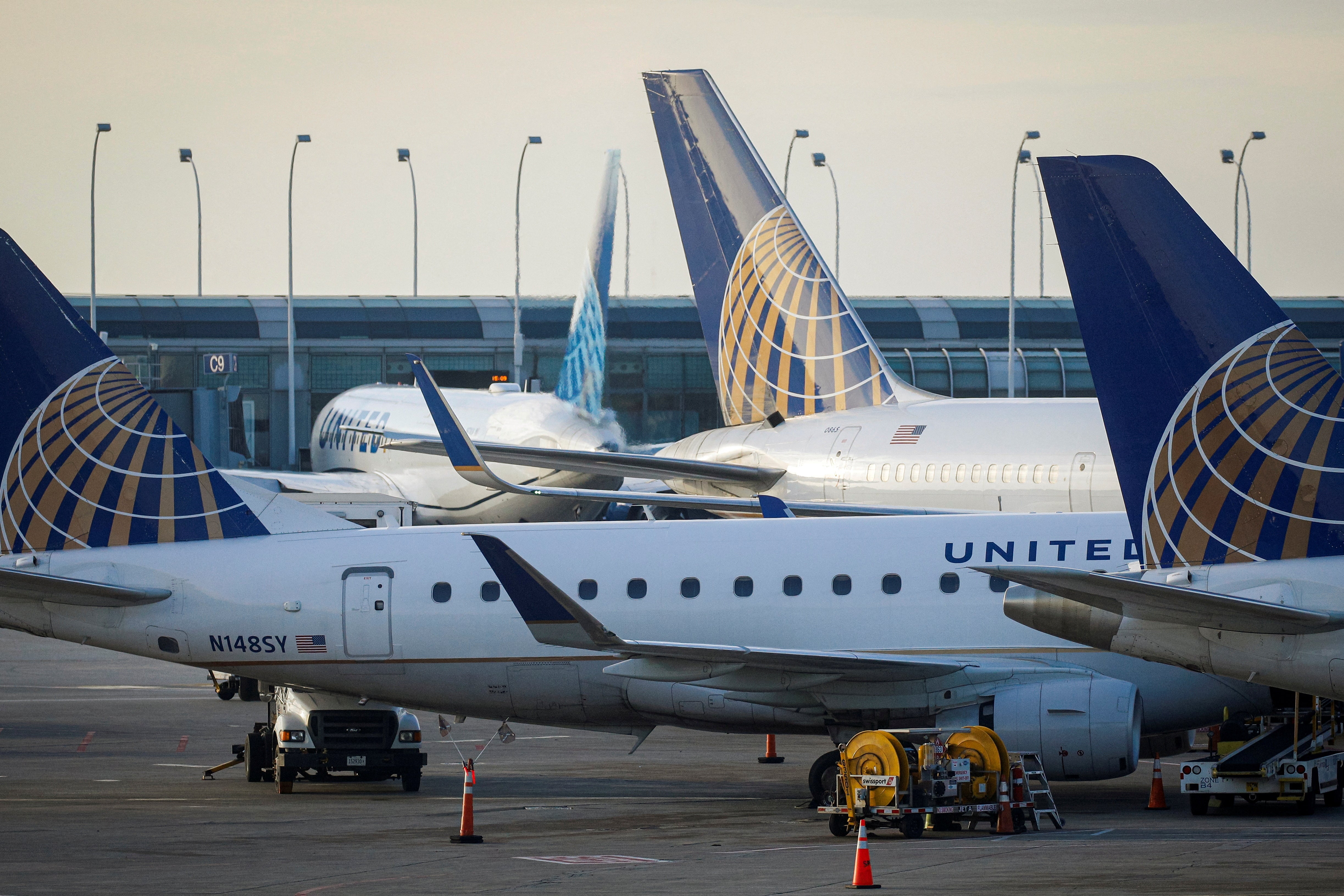
Claire recommends decompressing in the yoga room on the mezzanine level of Terminal 3's rotunda.
She says: "Here, travelers can take guided yoga sessions, perfect for unwinding and escaping the airport rush ahead of flying."
There are also "Mother's Rooms" and "Mamava pods" throughout the terminals that provide calming environments for nursing parents, the airport itself points out. These spaces include comfortable seating, changing tables, sinks, electrical outlets, and soft lighting.
The airport continues: "Travelers who appreciate good views while they wait should explore the breezeway seating across from the American Airlines Flagship Lounge in Terminal 3, or stop by the bridge between Concourses G and H to watch aircraft taxi and take off from the American Airlines ramp.
"Another excellent vantage point can be found at Gate E1 in Terminal 2, right by the family lounge, which offers a sweeping view of the United Airlines fleet and runway operations."
Where to eat
The airport tells The Independent that the L Stinger — consisting of the eight gates at the far end of Concourse L —is home to the Burger Federation, "which offers top-ranked burgers".
Hungry for more options?
The airport continues: "For those who prefer to slow down with a sit-down meal before a flight, O'Hare has a few reliable go-to spots. Berghoff Café in Concourse C, Tuscany in Concourse B, and Romano's Macaroni Grill near the H and K gates are all popular with frequent travelers, and all offer full-service dining in comfortable settings. Terminal 5 travelers can also enjoy well-regarded local restaurants like Bar Siena and The Hampton Social."
The airport reveals that you can also order meals ahead of time using the Grab app and the Farmer's Fridge app.
And for those in need of a convenient coffee, the airport brewed up this hack: "Order your coffee from a vendor past the TSA checkpoint before you go through security, where it will be ready for pickup on the other side once you clear screening. Additionally, all O'Hare Starbucks locations offer mobile ordering through the Starbucks app, making it especially easy to time your caffeine fix just right."
Los Angeles International Airport — 76 million passengers
Getting around
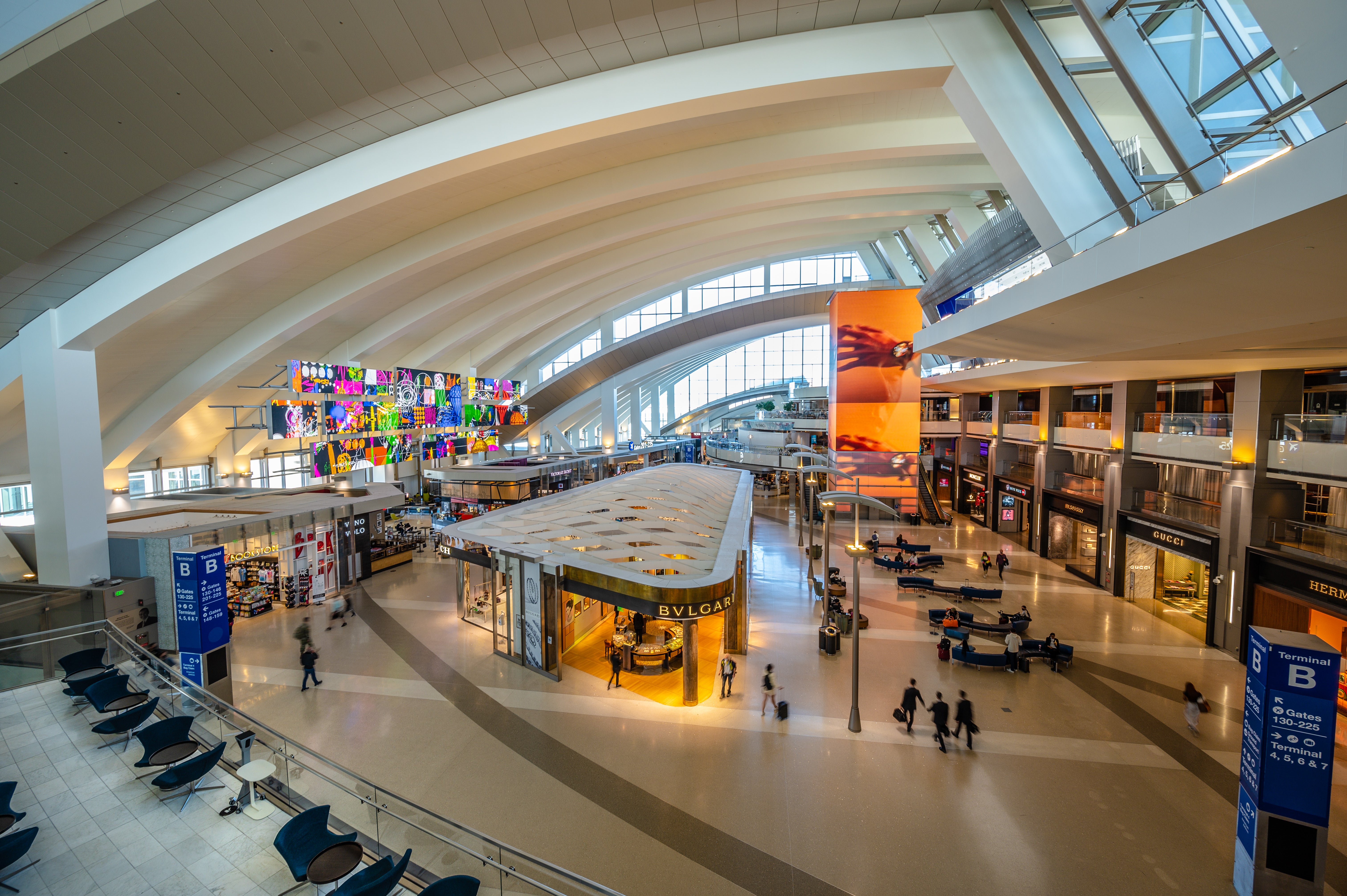
Georgia remarks that "Los Angeles International Airport (LAX) and 'stress-free' don't belong in the same sentence".
"But I've got a few moves," she says. "It's old, bloated, always under construction. Nine terminals shaped like a horseshoe, with constant detours and endless people.
But the biggest pain is not inside. It's outside. Getting in and out is the real quest.
"LAX-it — the Uber/Lyft pickup zone — is in a completely separate area. You have to take a shuttle. Don't try to walk there with luggage, even if it seems close. Trust me, it turns into a sweaty, three-stage odyssey real fast."
So, how best to move between terminals?
Georgia says: "If I need to move between terminals, I use the free Route A shuttle. But if you exit security, you'll have to go through TSA again.
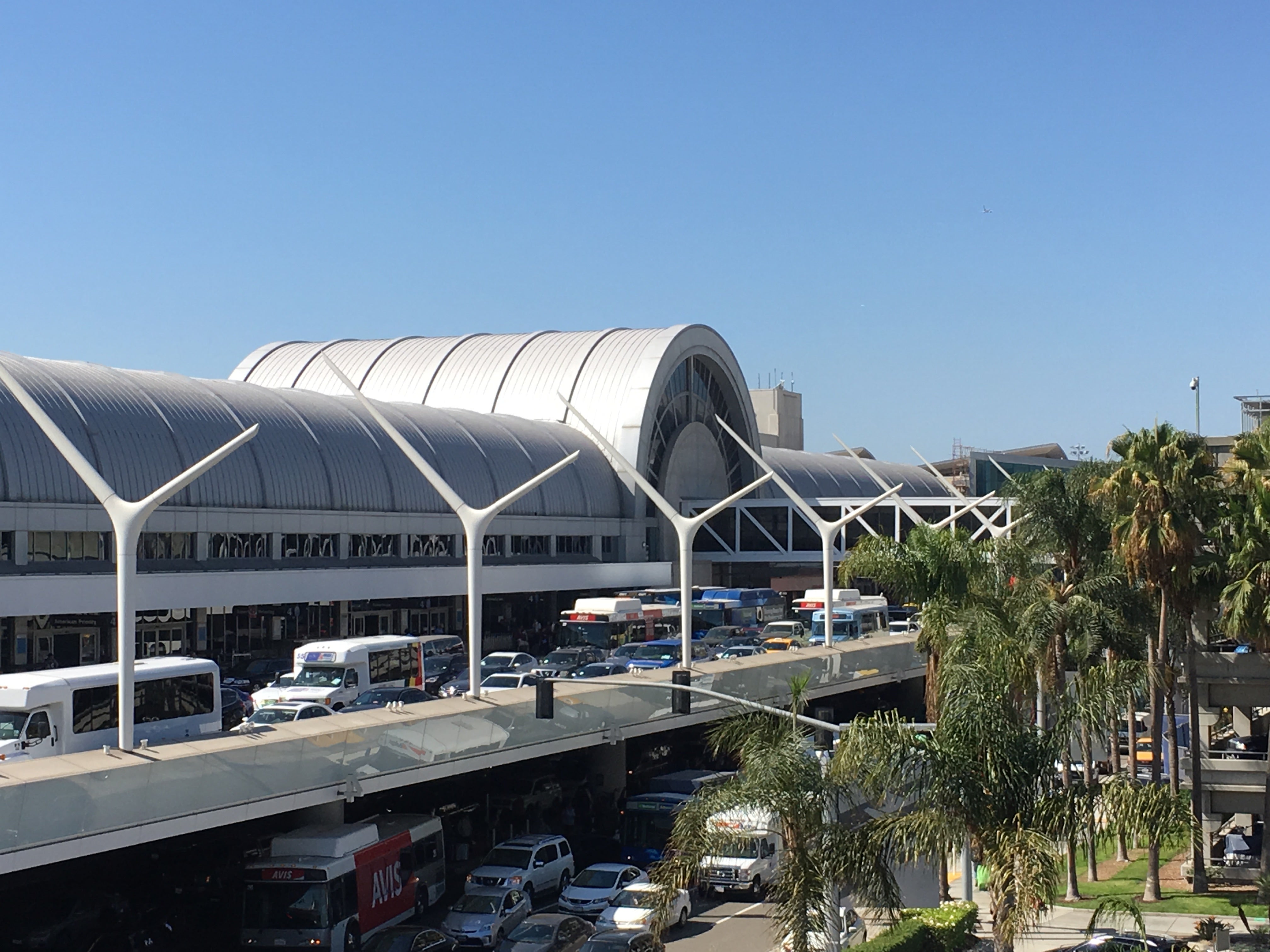
"That's why I always check which terminals are connected inside the secure zone. It saves both time and sanity. For example, Terminals 4 and 5 have an internal walkway —no need to exit. Small thing, huge difference."
Where to relax
Gilbert Ott suggests setting your sights on the new Delta One check-in, "which has private security and leads directly into the lounge, offering one of the best departure experiences in the US".
He continues: "The Sky Club —Delta lounge — has amazing tarmac views with an outdoor terrace, too. People forget that you can walk between most terminals at LAX, so it's easy to lounge hop around."
Claire recommends "indulging pre-flight at Petrossian Caviar & Champagne Bar" and for an "ultra-exclusive experience", book PS (The Private Suite), located in a private terminal". This, she notes, offers travelers access to luxury spaces, private TSA and customs clearance, and a white-glove escort straight to their flight.
John F. Kennedy International Airport — 38 million annual passengers
Getting around
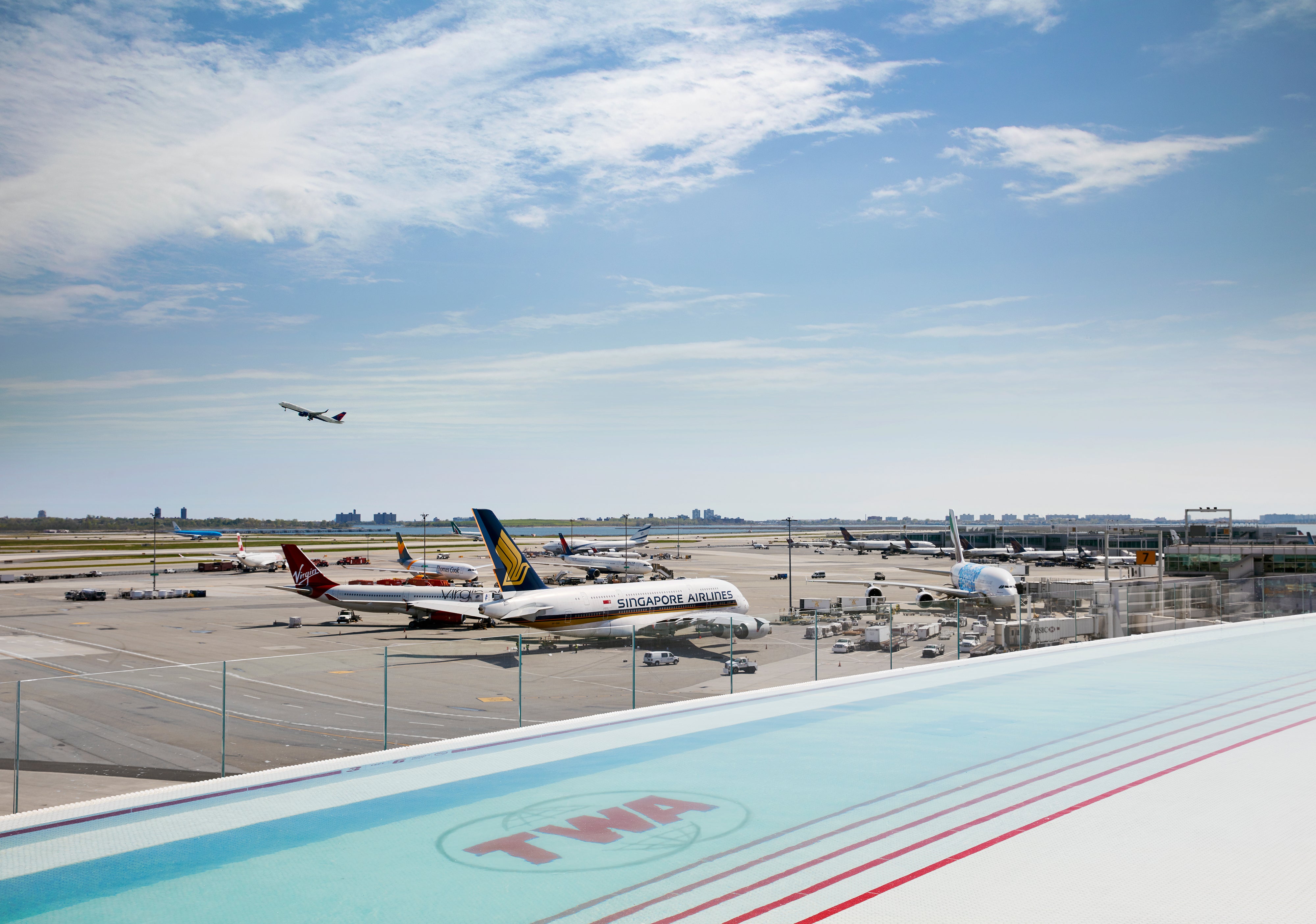
Claire Baker stresses that to avoid stress at JFK "be sure to download the MyTSA and JFK Airport apps for important real-time updates and terminal maps". She adds: "They're a huge lifesaver at such a busy airport."
Gilbert adds: "Don't forget that TSA PreCheck officially closes after 8pm on most days, so if you have a late-night flight, factor that in."
Want to leave in style? Gilbert suggests the Blade helicopter transfer service, which offers rides into NYC from $195 (down to $150pp) with a promo code, "so you can get from Manhattan to the airport, or vice versa, in seven minutes".
Relaxing
The bucket list place to relax is the TWA Hotel, which is unique.
Claire describes it as "a must", and no wonder.
The rooftop infinity pool offers those splashing around a view of the ever-busy Runway 4 Left/22 Right and Jamaica Bay beyond.
Not fussed about plane-spotting? You'll surely admire the TWA logo mosaic on the bottom of the pool.
And revel in the hotel's throwback 1960s atmosphere — its architecture and décor borrow heavily from the style of the ex-TWA Flight Center terminal it's housed in.

 Tekef
Tekef 










